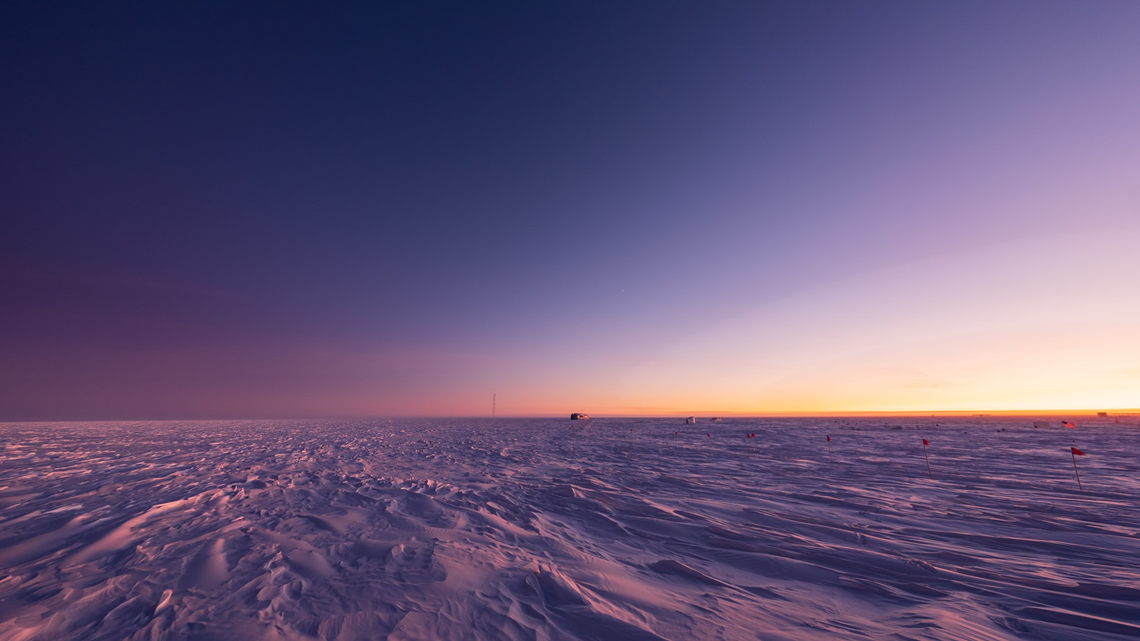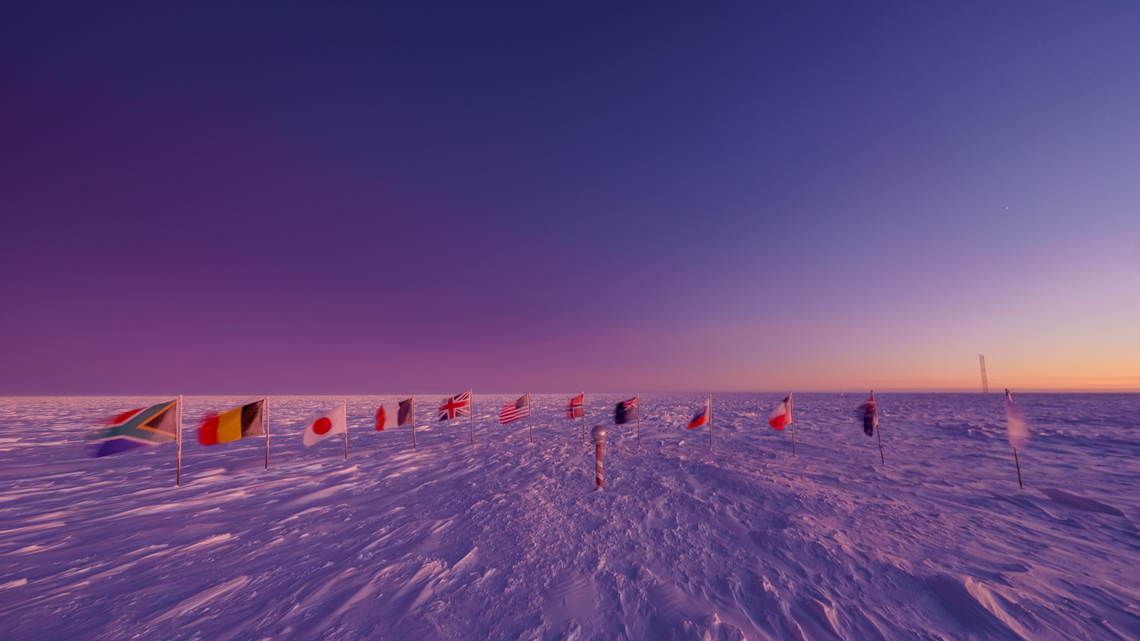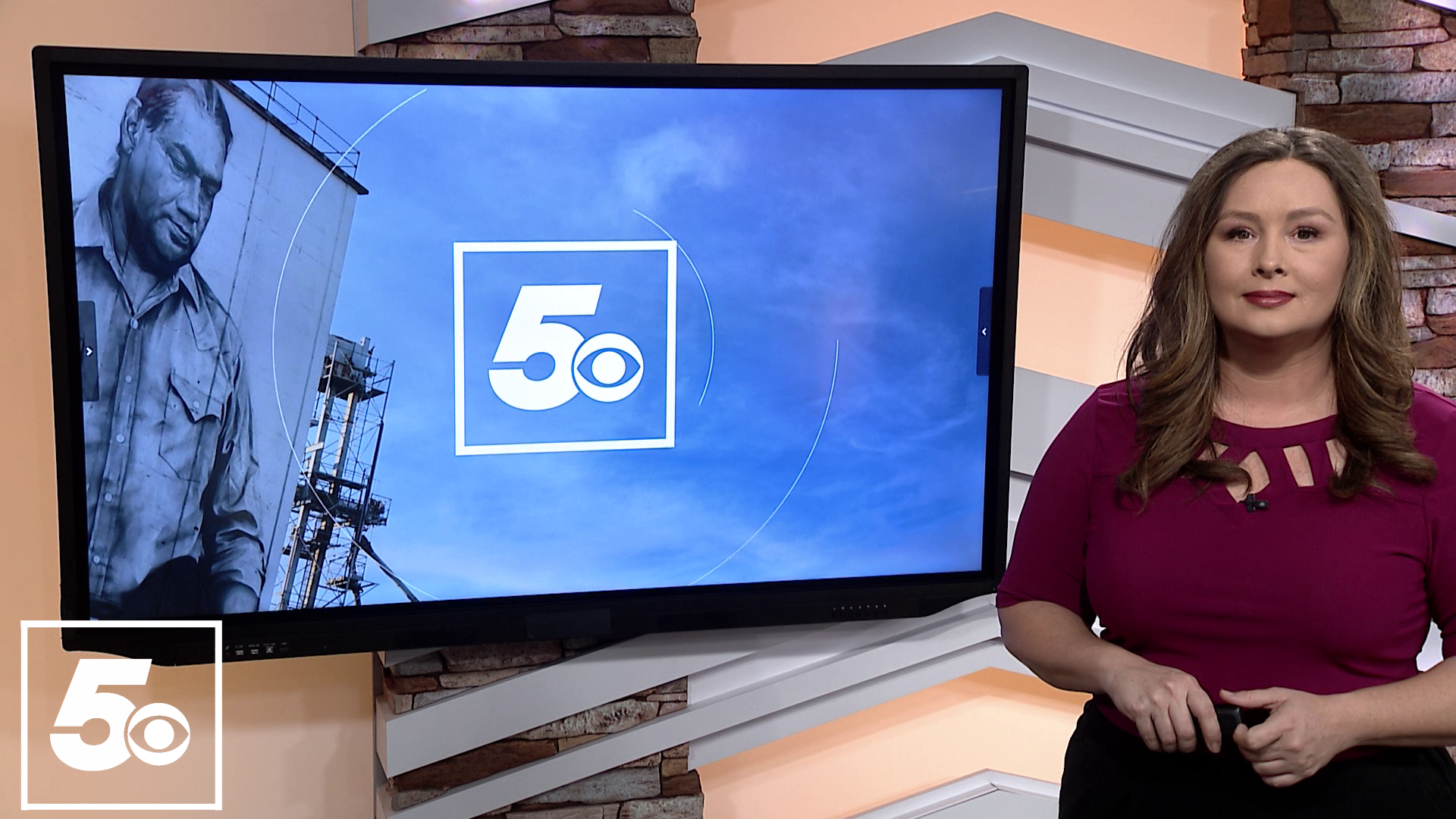FAYETTEVILLE, Ark. — Fall means cooler weather and shorter days across the USA and the rest of the northern hemisphere. It means colorful leaves, apple cider, and pumpkin-flavored everything. But at the North Pole and South Pole, big changes take place.
NORTH POLE | 6 MONTHS OF DARKNESS BEGINS, KINDA...
The first day of fall, or the autumnal equinox, marks the day when the sun begins to set. It actually doesn't officially set until a day or so after the equinox because of how the sun's ray are refracted in the atmosphere. Thanks to the optical illusion, the sun will not look like it sets until Sept 24th.
Once the sun sets, the North Pole will still be in twilight for several weeks.
Civil Twilight | The sun is less than 6 degrees below the horizon.
- Begins Sept 24
Nautical Twilight | The horizon over the sea becomes difficult to see.
- Begins Oct 8
Astronomical Twilight | Mostly dark with many stars visible.
- Begins Oct 24
Complete Darkness
- Begins Nov 13


SOUTH POLE
The sun is up! Now it will stay up for the next 6 months. These photos are from NOAA and you can see scientists enjoying some of the first rays of sun they've seen in almost half a year on top of the Amundsen–Scott South Pole Station.


The sun will gradually get higher day-by-day...


...but it won't set until mid March.


-5NEWS Weather Team
Forecasting the first few days of Fall across Arkansas and Oklahoma:

